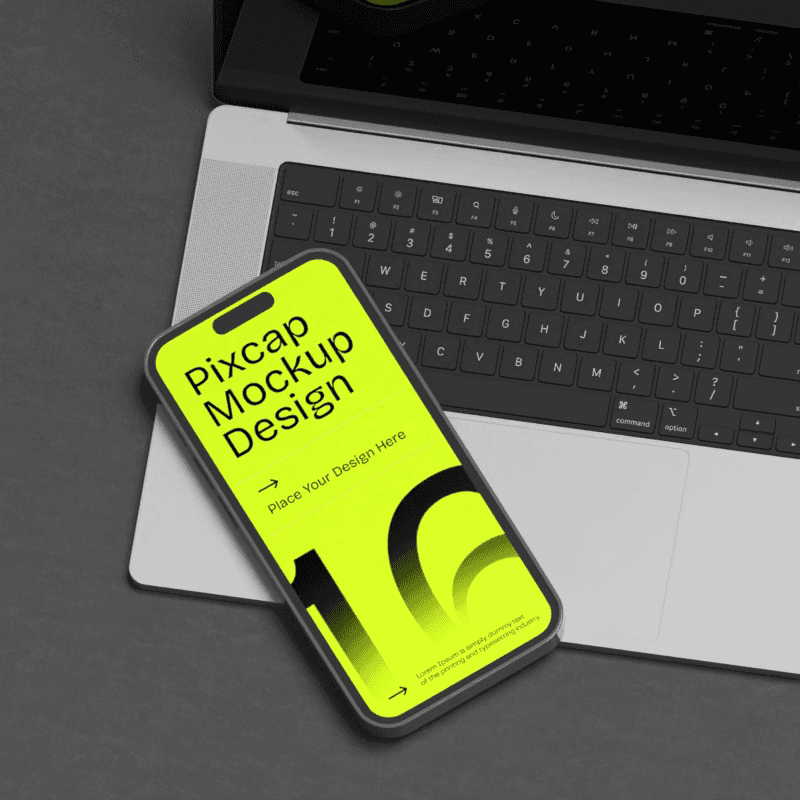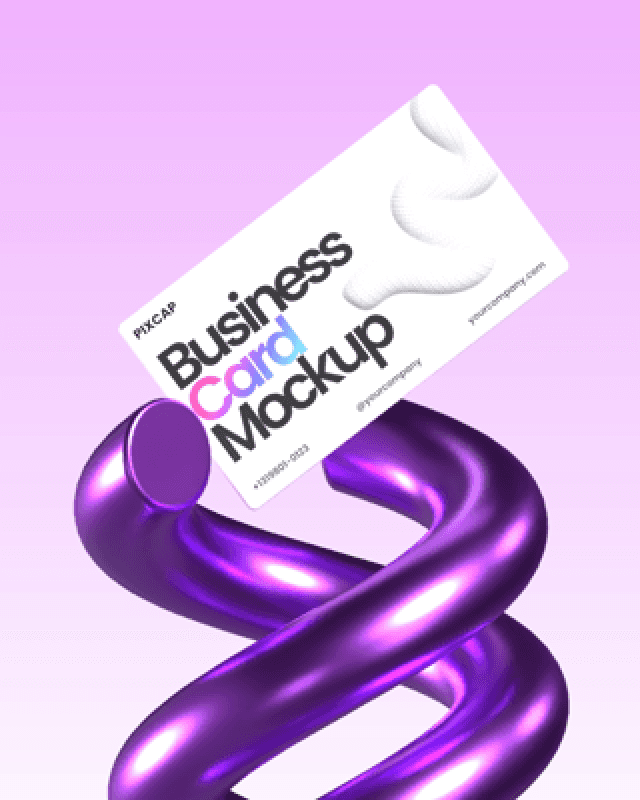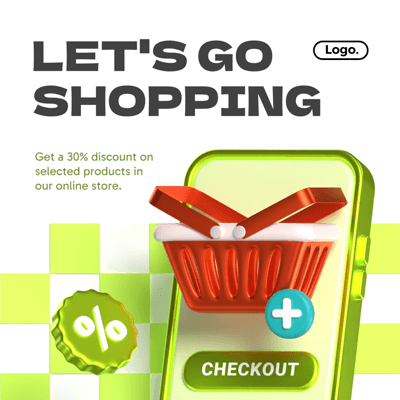Experience design is a pivotal aspect of creating engaging and meaningful interactions for users. From websites to physical spaces, experience design focuses on creating meaningful experiences by crafting seamless and intuitive interactions that resonate with individuals. Whether it’s enhancing usability, elevating aesthetics, or fostering emotional connections, experience design plays a crucial role in shaping how users perceive and engage with products and services.
In this piece, we will delve into the world of experience design, exploring its principles, methodologies, and impact on user satisfaction and brand loyalty. Dive into the realm of experience design to uncover the art of creating unforgettable user experiences.
What is Experience Design?
Experience design is an approach that centers on people’s experiences to drive the design and features of products, processes, environments, and strategies. It draws on users’ needs, feelings, contexts, and mindsets to design experiences that center on them.
Understanding user needs, preferences, and other critical factors is essential for successful experience design.
Human-centered thinking is a requirement for experience design, shifting from “what can we build?” to “what do people want and need?” Experience design can be applied to various aspects, including transactional purchases, customer support, and internal-facing business experiences. This shift in perspective encourages organizations to see through the eyes of their users, fostering empathy and deep understanding.
Businesses can achieve measurable benefits such as increased customer satisfaction and loyalty, reduced churn rates, and higher conversion rates. When users feel heard and understood, they are more likely to engage positively with a brand, recommend it to others, and remain loyal over time. Internally, employee engagement and productivity can also see significant improvements when businesses apply the same human-centered approach to their processes and environments.
The Design Thinking Approach
How Design Thinking Drives Creative Thinking
Design thinking is a problem-solving approach that involves understanding the user’s needs and designing solutions that meet those needs. It involves empathizing with the user, defining problems, ideating solutions, prototyping, and testing.
The Stages of Design Thinking
Empathize: The first step is to empathize with the users. This involves understanding their needs, experiences, and emotions through research and observation. By putting themselves in the users’ shoes, designers can gain deep insights into the problems that need to be addressed.
Define: In this stage, designers synthesize their observations to define the core problems identified during the empathize phase. This involves creating clear problem statements or points of view that guide the design process.
Ideate: Ideation is about generating a broad range of ideas and solutions. Brainstorming sessions and creativity exercises encourage designers to think outside the box and come up with innovative solutions.
Prototype: Prototypes are scaled-down versions of the product or specific features found within the product. Creating rough drafts, models, or sketches helps designers explore ideas and identify what works best in the real world.
Test: Testing involves putting prototypes in front of users to collect feedback. This helps to identify any shortcomings or improvements needed, ensuring that the solution meets the users’ needs and goals.
Design thinking drives creative thinking by encouraging designers to think outside the box and come up with innovative solutions. It helps experience designers create meaningful and transformative experiences that meet the user’s needs and goals, ultimately leading to more successful and well-received products and services.
Using Design Thinking to Create Memorable Interactions
Design thinking can be applied to various design fields, including product design, graphic design, user experience (UX) design, and more. By following the five stages of empathize, define, ideate, prototype and test, designers can create memorable interactions that leave a lasting impression on users.
In graphic design, design thinking can help create visual solutions that effectively communicate a message and resonate with the target audience. By empathizing with the audience and defining their needs and preferences, designers can ideate creative designs that stand out and effectively convey the desired message. Testing these designs with real users helps to ensure that they are well-received and memorable.
In UX design, design thinking plays a crucial role in creating engaging and user-friendly digital experiences. By empathizing with users and understanding their pain points, designers can define the problem and ideate solutions that address those issues. Prototypes can then be created and tested with real users to gather feedback and make necessary adjustments before launching the final product.
The Role of User Interface Design in Experience Design
User Interface (UI) design focuses on the visual design elements that users interact with when using a product or service. The main goal of UI design is to ensure the product is both aesthetically pleasing and highly functional. This involves arranging elements like buttons, icons, and menus in an intuitive and easy-to-navigate manner. By focusing on visual presentation and interactive aspects, UI design facilitates a seamless and enjoyable user experience. Effective UI design also considers accessibility and responsiveness, ensuring the product works well across various devices and user abilities. A well-designed user interface enhances user satisfaction and contributes to the overall success of the product or service.
Graphic designers and UX designers work together to create a user interface that is both visually appealing and user-friendly. While graphic designers focus on aesthetics like color schemes, typography, and visual elements, UX designers prioritize overall user experience, functionality, and ease of navigation. This collaboration ensures the final design not only catches the eye but also provides an intuitive and efficient user journey. By combining their expertise, these professionals create a cohesive and engaging product that meets and exceeds user expectations. Regular communication and iterative testing are key to refining the design and ensuring it aligns with user needs and business goals.
Digital Experience Design Examples
Digital experience design encompasses a wide range of products and services, from websites and mobile apps to virtual reality experiences. Here are a few examples of companies that have excelled in digital experience design:
Apple: Known for its sleek and intuitive user interfaces across all its devices and software, Apple is a prime example of effective digital experience design. From the clean layout of their website to the ease of use on their iPhone, iPad, and Mac products, Apple prioritizes user experience in every aspect. Every web page on Apple's site is meticulously designed to enhance the user's digital experience.
Airbnb: This popular accommodation booking platform has gained recognition for its seamless user interface, making it easy for users to find and book their desired accommodations. With a simple and visually appealing design, Airbnb has created an enjoyable user experience that promotes repeat usage.
Headspace: This meditation app has been praised for its beautiful and calming interface, which complements the purpose of the app perfectly. The thoughtful design elements, along with its functionality and ease of use, have contributed to its success in the highly competitive wellness app market.
Best Practices for Experience Design
To create exceptional digital experiences, designers and developers should follow these best practices:
Conduct Thorough User Research
Before beginning the design process, it is crucial to understand who your target audience is and their needs. Conducting user research through surveys, focus groups, and usability testing can provide valuable insights into user preferences and behaviors, helping designers make informed decisions.
Prioritize User-Centered Design
User-centered design puts the needs of users at the forefront of the design process. The marketing team collaborates with other departments to improve the customer experience. This involves involving users in every stage of the design process, from ideation to prototyping and testing. By continuously gathering feedback and making changes based on user needs, designers can create a product that truly meets their expectations and solves their problems.
Follow Accessibility Guidelines
Designers should be mindful of accessibility when creating digital experiences. This includes following accessibility guidelines such as WCAG 2.1 to ensure that all users, including those with disabilities, can access and use the product without barriers.
Keep Design Simple and Intuitive
A simple and intuitive design is key to creating a positive user experience. Users should be able to navigate through the product with ease and understand its functionality without any confusion or frustration. Avoid overcomplicating designs by keeping them clean, visually appealing, and easy to understand.
Incorporate Visual Hierarchy
Visual hierarchy is essential in guiding users' attention and helping them understand the content's organization. Designers can achieve this by using contrast, color, size, and font weight to create a clear hierarchy of importance within the design.
Use Consistent Branding
Consistency is key in building a strong brand presence. Designers should use consistent branding elements such as colors, fonts, and logos across all platforms to establish a cohesive look and feel for the product.
The Experience Design Process
Discover: Understanding User Needs and Goals
The discover phase involves understanding the user’s needs and goals through research and analysis. Designers use various methods, such as user interviews and surveys, to gather data and identify patterns and trends. By engaging with users directly, they can uncover valuable insights into user behaviors, preferences, and pain points.
Additionally, this phase often includes competitive analysis and market research to better understand the context in which the product will reside. The goal of the discover phase is to identify the user’s needs and goals and to define the experience vision and strategy. This foundational understanding enables designers to create solutions that are both effective and user-centered.
Define: Defining the Experience Vision and Strategy
The define phase involves defining the experience vision and strategy based on the data gathered during the discover phase. Designers use design thinking to identify opportunities and create solutions that meet the user’s needs and goals. This phase is critical as it lays the groundwork for the entire design process by establishing a clear and concise experience vision and strategy.
By synthesizing research findings, designers can create user personas, journey maps, and other tools that help in visualizing the user's experience. The goal of the define phase is to ensure that the design is both user-centric and aligned with the overall objectives of the project, providing a strong foundation for the subsequent design and development stages.
Develop: Designing and Prototyping the Experience
The develop phase involves designing and prototyping the experience based on the experience vision and strategy. Designers use various tools and methods, such as user flows and wireframes, to create a prototype of the experience. The goal of the develop phase is to create a functional prototype that can be tested and iterated.
During this phase, designers focus on the structure and layout of the product, ensuring that it adheres to the defined user needs and objectives. Prototyping allows for the identification of potential issues and the refinement of design elements before moving on to full development. This iterative process is essential for making adjustments based on user feedback and ensuring that the final product delivers an optimal user experience.
How Experience Design Can Be a Competitive Advantage
Experience design can be a competitive advantage, as it helps companies to differentiate themselves from their competitors. By focusing on creating seamless and enjoyable user experiences, companies can stand out in a crowded market.
Companies that prioritize experience design tend to perform better and have higher customer satisfaction rates. This emphasis on the user's journey leads to products and services that are not only functional but also delightful to use.
Additionally, experience design can be used to create culturally relevant solutions that meet the user’s needs and goals, ensuring that products resonate with diverse audiences. This user-centric approach results in enhanced loyalty, repeat business, and positive word-of-mouth, all of which are crucial for long-term success.
Overcoming Experience Design Challenges
Common Obstacles and How to Overcome Them
Despite its benefits, experience design can present some challenges for companies. Some common obstacles include:
Time constraints: Developing a high-quality user experience takes time and resources, which can be a challenge for companies with tight deadlines or limited budgets.
Lack of understanding: Experience design is a relatively new concept, and some organizations may not fully understand its value or how to implement it effectively.
Resistance to change: Implementing experience design may require changes in processes and mindsets, which can face resistance from stakeholders who are accustomed to traditional development methods.
To overcome these challenges, organizations can take the following steps:
Prioritize experience design: By recognizing the importance of experience design and making it a top priority, companies can allocate the necessary time and resources to ensure its successful implementation.
Educate stakeholders: It's crucial to educate stakeholders about the value of experience design and how it can benefit both the company and its customers. This can help garner support and buy-in for implementing this approach.
Collaborate across teams: Experience design involves multiple disciplines, including research, design, development, and marketing. Collaboration between these teams is essential for a seamless user experience.
Embrace an iterative process: Experience design is an ongoing process that requires continuous improvement based on
The Importance of Testing and Iterating in Experience Design
One of the main principles of experience design is the iterative process. This means continuously testing, gathering feedback, and making improvements to create an optimal user experience.
Testing is crucial because it allows designers to understand how users interact with their product or service and identify pain points or areas for improvement. Through this continuous cycle of testing and iterating, companies can ensure that their user experience meets the needs and expectations of their target audience.
Moreover, as technology and consumer demands evolve rapidly, an iterative approach allows organizations to stay ahead of the curve and adapt quickly to changes in the market. It also prevents companies from investing time and resources into a final product that may not meet user needs or preferences.
The Future of Experience Design
As we look to the future, several trends are poised to shape the field of experience design. One significant trend is the increasing use of artificial intelligence and machine learning to create personalized experiences. These technologies can analyze user data to predict preferences and tailor interactions accordingly. Another emerging trend is the integration of augmented reality (AR) and virtual reality (VR), offering immersive experiences that blend the digital and physical worlds. Accessibility will continue to be a critical focus, with designs becoming more inclusive to accommodate a diverse range of users.
Additionally, sustainability is gaining traction, with designers emphasizing eco-friendly practices and materials. Finally, the importance of emotional design will grow, aiming to forge deeper connections with users. These trends indicate a future where experience design is more personalized, immersive, inclusive, and emotionally resonant.
Frequently Asked Questions
1. Is experience design the same as UX?
UX refers to the overall experience a person has while interacting with a product or service, whereas experience design specifically focuses on designing those interactions to achieve certain goals. UX is just one component of experience design.
2. What does an experiential designer do?
An experiential designer creates experiences that engage and delight users. This can include designing physical spaces, events, or digital interactions. They may work in various industries such as retail, entertainment, or marketing.
3. Is user experience design coding?
User experience design does not necessarily require coding skills, but having a basic understanding of coding can be beneficial for designers to communicate effectively with developers and understand the technical limitations of their designs.














